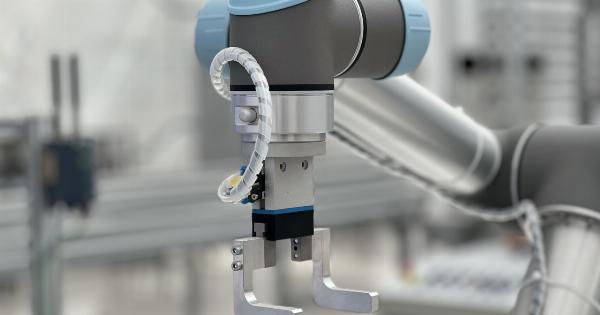Lab-grown meat, also known as cultured meat or cell-based meat, is an innovative technology that has gained significant attention in recent years.
It offers a promising solution to some of the environmental, ethical, and health concerns associated with conventional livestock farming. Despite the potential benefits, the adoption of laboratory meat has been hindered by several key factors. This article will explore the various obstacles that are holding back the widespread adoption of lab-grown meat.
1. High Costs
One of the primary challenges facing laboratory meat is its high production cost. Currently, it is extremely expensive to produce cultured meat in a lab setting.
The production process involves culturing animal cells in a nutrient-rich medium, which requires substantial resources and sophisticated equipment. The high costs of research and development, as well as the establishment of large-scale production facilities, contribute to the prohibitively high price of lab-grown meat.
2. Scale-up Challenges
Scaling up production is another significant roadblock to the adoption of laboratory meat. While it is relatively simple to produce a small quantity of cultured meat in a lab, the challenge lies in reproducing this process on a large scale.
Currently, the production volume of lab-grown meat is insufficient to meet the demands of the global market. Further research and development are necessary to optimize the production methods and scale up the manufacturing process.
3. Regulatory Framework
The lack of a clear regulatory framework is a major hurdle for the widespread acceptance of laboratory meat.
As this novel technology blurs the line between traditional meat products and genetically modified organisms, there is a need for robust regulations to ensure the safety and labeling standards of lab-grown meat. Currently, many countries have yet to establish comprehensive regulations concerning the production, labeling, and sale of cultured meat, creating uncertainty and slowing down its adoption.
4. Perception and Consumer Acceptance
Consumer perception and acceptance of lab-grown meat play a crucial role in its adoption. Many consumers are still apprehensive about consuming meat that is grown in a lab rather than being sourced from conventional animal farming.
This perception can be attributed to concerns about the safety, taste, and nutritional value of cultured meat. Overcoming these psychological barriers and creating trust among consumers are essential for the successful adoption of lab-grown meat.
5. Lack of Awareness
While lab-grown meat has garnered attention in scientific and environmental circles, the general public remains largely unaware of this technology. Many people have limited knowledge about the concept of cultured meat and its potential benefits.
Lack of awareness hinders the demand and market establishment for laboratory meat products. Educational campaigns and public outreach efforts are needed to raise awareness and inform the public about the benefits and safety of lab-grown meat.
6. Technological Limitations
Despite significant advancements in the field of cellular agriculture, there are still technological limitations that need to be overcome. For instance, developing a cost-effective and efficient growth medium for cell culture is a critical challenge.
Additionally, tissue engineering methods need to be improved to accurately replicate the texture, taste, and structure of traditional meat. Addressing these technological limitations will be crucial in enhancing the quality and consumer acceptance of lab-grown meat.
7. Supply Chain Integration
The integration of laboratory meat into existing supply chains is another hurdle to its adoption. The conventional meat industry consists of a complex network of producers, processors, distributors, and retailers.
Incorporating lab-grown meat into this established system poses logistical challenges. Developing distribution networks and building partnerships with existing players in the food industry will be necessary to ensure the smooth integration of laboratory meat into the market.
8. Emotional and Cultural Attachments
Human beings have strong emotional and cultural attachments to the act of consuming traditional meat. Meat has been an integral part of human diets and cultural traditions for centuries.
Convincing people to shift their preferences and emotional attachments toward lab-grown meat presents a significant challenge. Acknowledging and addressing these emotional and cultural factors will be crucial in fostering acceptance and adoption of laboratory meat.
9. Lack of Funding
The commercialization of lab-grown meat requires substantial investment in research, development, and production facilities.
While there have been notable investments from private companies and philanthropic organizations, the overall funding is still limited compared to the demand. Additional funding and support, both from public and private sectors, are necessary to accelerate research, scale up production, and drive down costs to make lab-grown meat accessible and affordable.
10. Competition and Market Dynamics
The meat industry is a well-established and highly competitive market. Lab-grown meat faces tough competition from conventional meat producers who have a stronghold on the market.
Traditional meat products benefit from established supply chains, production efficiencies, and brand recognition.
Convincing consumers to choose lab-grown meat over conventional options will require not only addressing the concerns mentioned earlier but also highlighting its unique selling points, such as environmental sustainability and reduced ethical concerns.




























